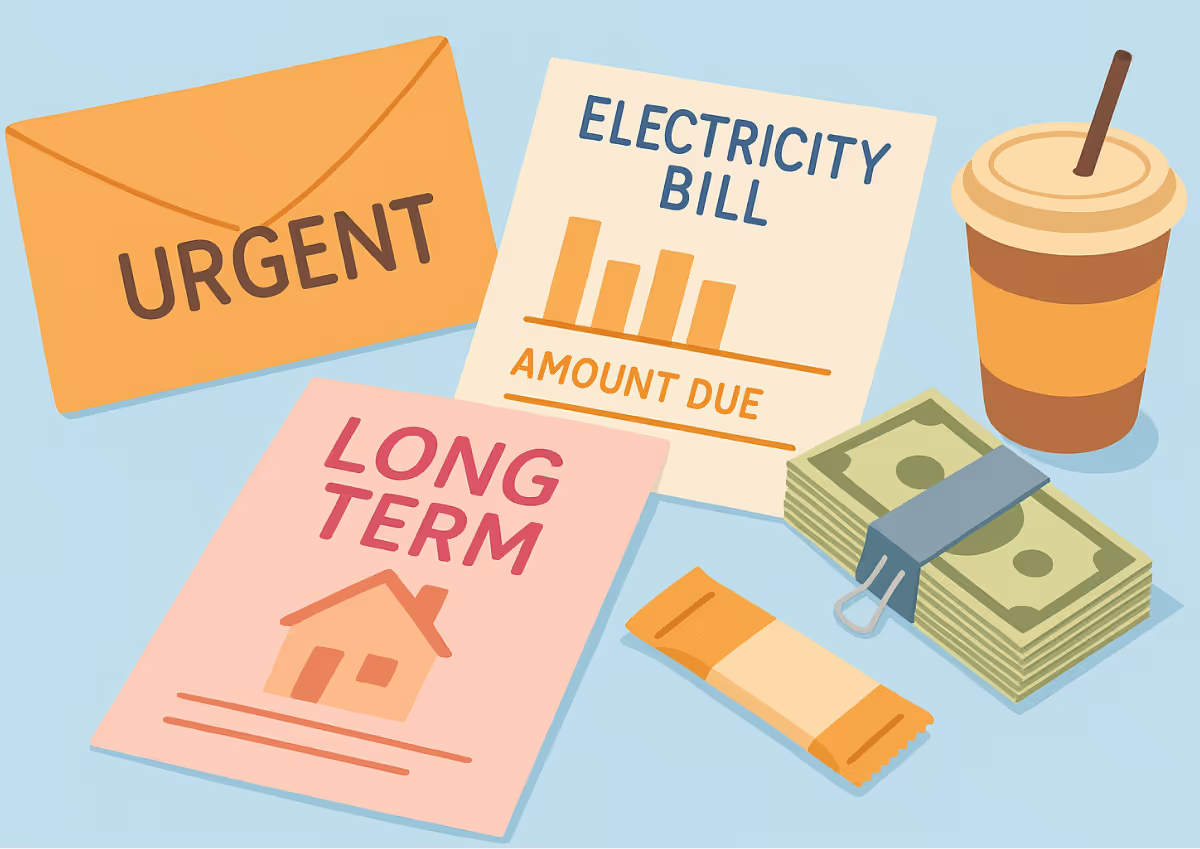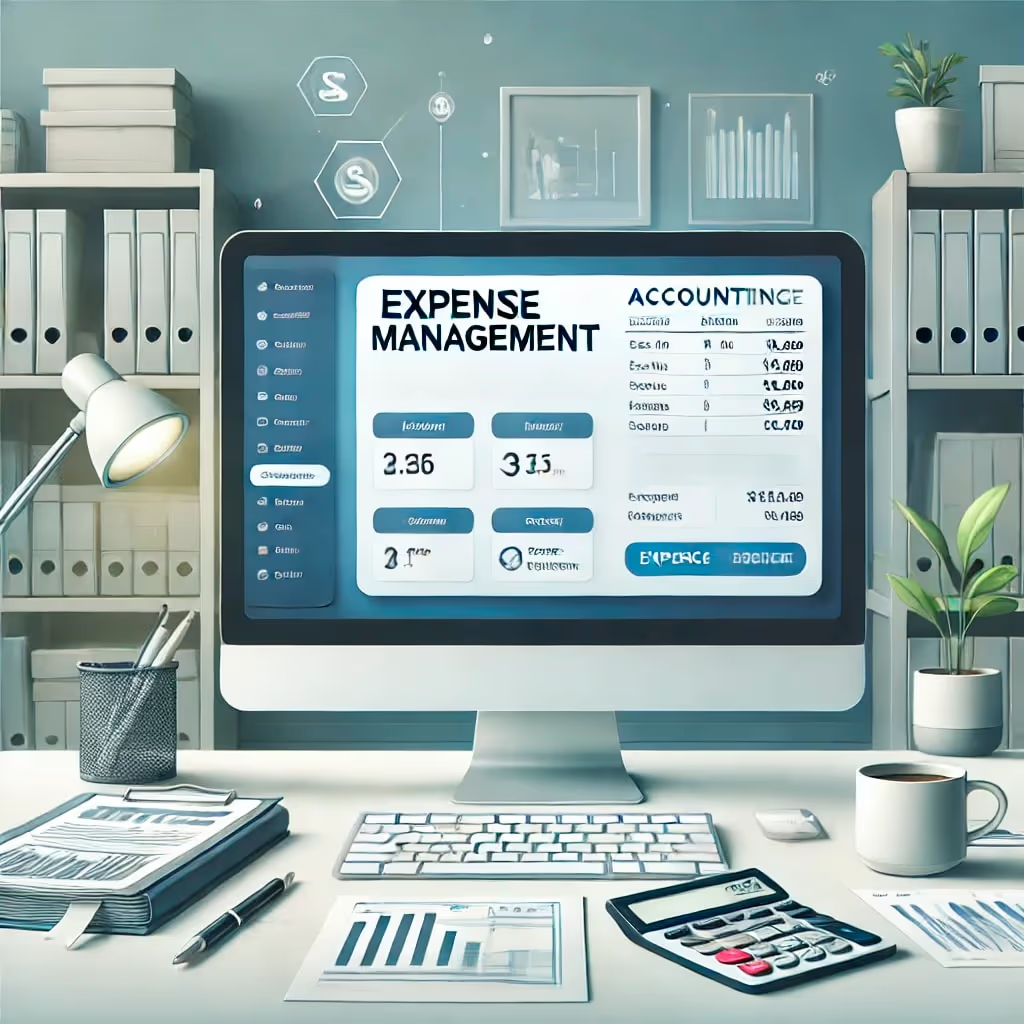How to Choose Cloud Accounting Software for Pro-Practice
In this article, we’ll explain how you can go about choosing the right cloud accounting software for your accounting firm.
A comprehensive guide on using accounting software to streamline business expense tracking and financial management. From defining business expenses and steps to track them to tips on integrating accounting software with other systems.

Learn how to effectively manage business expenses with accounting software to improve transparency and optimize finances.
In this article
In today's rapidly moving business arena, keeping sound and complete financial records is an integral part of the operation. Good financial tracking and management of personal and business expenses are not confined to mere bookkeeping but involve more detailed analyses of financial movements that lead to and enhance operational efficiencies and make use of such data in strategic planning. This guide looks at how organizations can leverage accounting software in building better expense management habits and, as a result, stay competitive while ensuring their financial health.

Business expenses are the costs of running a business. These are essential in terms of day-to-day operations and are of significant importance in a company's profitability analysis. Based on their nature and based on the frequency at which they occur, business expenses can be identified as fixed, variable, and periodic costs. Typical examples are the
Understanding these expenses is crucial as they directly impact the financial statements and the taxable income of the business.
Having reliable accounting software at your beck and call goes a long way in making business expense tracking easier. Modern accounting platforms provide fully featured tools for the automation of recording expenses, categorizing spending, and producing detailed financial reports, saving not only time but also increasing accuracy due to reduced human error. Some key features of such software include:

Tracking expenses in a business carefully enough ensures that all representations of performance are accurate and compliant, but it can also allow for much deeper insights into one's personal and business finances, possibly driving key strategic decisions. Understanding how your expenses relate to the overall financial health of your business can provide much clarity into operational efficiencies and areas of improvement.
The most crucial aspect of any business is compelling budgeting. It helps the company keep track of every expense, hence preventing them from spending more than estimated in any category. Thus, it allows complete utilization of the funds that they have allocated. Expense tracking on a routine basis allows for making real-time budget adjustments that enable it to avoid cash flow problems before they may even occur. It also provides small business owners with the ability to more accurately forecast their future spending against past trends for better long-term planning and sustainability.

Proper tracking of business expenses is essential to maximize the deductibility of such costs during tax filing, which could significantly reduce the taxable income of a company. In case proper classification and recording of every expense are done, then the business concern will know which of those expenses are indeed deductible under both local and international tax laws. This will not only reduce the amount of tax payable but also provide a chance for the business concerned to show detailed evidence in case audits are required to support the deductions claimed.
By closely monitoring expenses, cash flow management would become more accessible as money is observed being put to work, thereby drawing attention to any type of cost reduction that should be considered. Understanding expense patterns allows enterprises to anticipate future financial needs, thus guaranteeing that sufficient funding would cover both expected and unexpected costs. It is essential to manage business expenses for smooth operation and may prevent the financial strain caused by cash flow shortages.
In many cases, tracking expenses can result in huge savings for your business by uncovering needless or inflated expenditures. Regular analysis of expense data can enable you to track the costs and find reliable sources with which you can negotiate better terms, seek more economical substitutes, or eliminate redundant services altogether. Moreover, the tracking of expenses may point out operational inefficiencies that, if eradicated, will lead to further cost reductions, hence further improving profitability.

Effective expense-tracking software is crucial for maintaining the financial health of a business, ensuring compliance, and maximizing profitability. Here are the essential steps to accurately track business expenses:
Choosing the right accounting software lays a foundation for practical and effective monitoring of any type of expense. Software should be matched with the business size-specific needs of the industry in which he or she operates and will be able to grow with scalability expectations. Look for options featuring automated data input through bank account integrations, categorization of expenses, and robust reporting capabilities. Options such as QuickBooks, Xero, Runeleven, and FreshBooks are big names among small to medium-sized businesses due to their robust functionality and user-friendly interfaces.
Create a coherent expense categorization system that makes the most sense for your business model. Common categories include things like travel, office supplies, salaries, and technology-related costs. Proper categorization helps not only with uncomplicated tax preparation but also with the analysis of spending patterns and financial planning.

Connect your accounting software to the business bank accounts and corporate credit cards to enable automatic downloading of transaction information. It cuts unrecorded or incorrectly entered transactions and saves a lot of time in the process. It means all your financial transactions are up to date and provide current financial insights.
Develop an effective receipt-management system since receipts are one of the important parts of taxes and audits. Use mobile apps and other add-on tools in accounting software to scan and store receipts digitally. This system should ensure ease in retrieving receipts when needed for financial analysis or compliance checks.
Establish transparent approval procedures for companies with multiple workers who incur expenses. Identify who approves or rejects expenses in the organization and set limits at what level the organization can spend. In this way, a business is always in control of its costs and may avoid unauthorized spending.
Set up a recurring review of your financial transactions for accuracy and completeness. Also, reconcile your bank statements against recorded expenses for variances. By having regular reviews of business bank accounts, you could analyze spending trends, make future expense projections, and thereby make more informed financial decisions.

Run expense reports within your accounting software. Review them for a feel of where the money is going to; look also for opportunities to save on costs. Detailed analysis of actual expenses is critical in budgeting precisely and strategizing for business growth.
Train other team members to use the same accounting software and financial policy expense tracking procedures if they are also doing some financial management for the company. This will unify people recording and reporting expenses throughout the company.
Keep updated on changes made in tax laws and regulations in regard to your company's business expenses and deductions. This may start with the services of a tax professional who can provide advice relevant to the tax season and your particular business needs and assist in maximizing your tax return.
This is a strategic step in increasing efficiency, raising accuracy, and offering an overview of the company's financial health. Integration means connecting the software used for accounting with most of the important business systems that also include CRM platforms, payroll systems, and inventory management tools. Here's a detailed guide on how seamless integration can be achieved and the benefits it brings.

Before proceeding with the integration process, it will be relevant to learn why integrating your own accounting system and software into other financial systems will be beneficial:
Advanced accounting software is at the heart of every business, helping to keep it healthy and drive growth. Such accounting software automates expenses tracked, saving lots of time used by administrators, and provides insights that are very critical in making strategic decisions. For example, a recent survey found that businesses using automated solutions like Runeleven spend as much as 50% less managing financial records. Moreover, they claim a 30% reduction in costs as a result of more specific budget management and fraud reduction.
Runeleven provides personalized solutions to help accounting firms and CPAs manage finances with better accuracy and efficiency. What sets Runeleven apart is that it offers a suite of solutions specifically designed to cater to the complex needs facing financial professionals while ensuring full compliance and accuracy of financial reporting.
Yes, using accounting software is crucial for businesses of all sizes as it simplifies the management of financial transactions and ensures accuracy and compliance.
Accounting software automates the entry and categorization of expenses and business transactions, reducing human errors and providing real-time, accurate financial reports.
Yes, modern accounting software often comes with integration capabilities that allow it to seamlessly connect with other systems, providing a holistic view of business finances and improving operational efficiency.